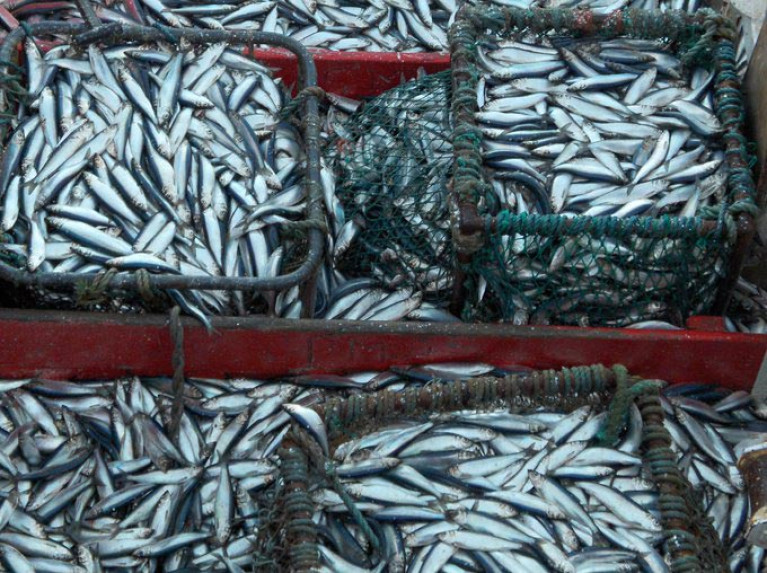Two Irish fish industry groupings have questioned the methodology used in a report published last week which claims Ireland is among the top five EU states who are “overfishing”.
The Irish South and West Fish Producers’ Organisation (IS&WFPO) has questioned how the report by the New Economics Foundation (NEF) could place Ireland in an overfishing league when Ireland has a low share overall of quotas in European waters.
The Killybegs Fishermen’s Organisation (KFO ) has also questioned the methodology, while the European Commission says fish is now being caught at sustainable levels.
An analysis of catches over 20 years by the British-based think- tank – which is reliant on trusts and individuals for contributions – found that most “excess tonnage” of fish has been caught by Britain, Denmark and Spain – at 1.78M tonnes, 1.48M tonnes and 1.04M tonnes respectively
However, it claimed that Spain, Ireland, Portugal, the Netherlands and Germany all gained the highest percentage of quotas “above scientifically advised levels for sustainable limits” over a 20-year period.
In an initial response, the European Commission’s maritime directorate DG Mare has said that while 70 per cent of stocks in the north-east Atlantic were “overfished” in 2003, there have been “significant improvements over the past 20 years” which have led to a forecast this year that 99 per cent of all fish landed is at “sustainable levels”.
The IS&WFPO says that Irish vessels tend to have lower quotas for some whitefish species than French or Spanish boats fishing off the Irish coast. It cites hake as one example - it says France's quota for hake was 7.5 times that of Ireland in 2019.
It also points out the Irish fleet also doesn't have access to whitefish quotas in other EU waters beyond Britain, and is largely confined to the Celtic Sea/Atlantic/Irish Sea.
It says that the landings of French, Spanish and German-registered vessels into Castletownbere, Co Cork has increased by 25-30 per cent per annum over the past five years, and says that the NEF is “not comparing like with like to rank states purely in terms of quotas set above scientific advice”.
The report’s author, Griffin Carpenter, said that the question was “whether the EU council of ministers followed scientific advice when setting quotas, and which member states were then fishing the excess total allowable catch (TAC) agreed”.
He said that Ireland’s marine minister Michael Creed is “on record arguing or higher TACs than scientific advice”.
“For some TACs Ireland has a small share, while for others it has a large share,” Mr Carpenter said.
“For some TACs the December Council agreement follows scientific advice, while for others it departs from advice. This study puts all TACs together and across 20 years rather than pick one or two anecdotes,” he said.
“Of course it’s disappointing when a country is near the top of the list but the methodology is peer-reviewed and is pretty straight forward,” he said.
Fintan Kelly of Birdwatch Ireland said that “securing quotas above scientific advice is overfishing”.
“If the fishing mortality resulting from the TAC is greater than that stocks ability to replenish its biomass through growth and reproduction then the size of the stock will decrease,” he said.
“ This will mean that everyone who has a slice (relative stability) of the pie (the TAC) will be worse off in time,” he said.
“The scientists with the International Council for the Exploration of the Sea (ICES) tell the EU Council exactly what level they should set the TAC at to ensure that the stock does not decrease in size,” Mr Kelly said.
“ Indeed NGO’s would consider the ICES advice to be a limit rather than a target since fishing below that level would allow a stocks size to increase until it has reached the carrying capacity of the environment,” he said.
“ Considering that most stocks are at a fraction of their historical size, countries like Ireland should be trying to increase the amount of fish in the sea,” he noted.
“An analysis of the stocks that Ireland has a share in shows that many of them are among the most overfished in the north-east Atlantic,” Mr Kelly added.
He cited Celtic Sea herring stocks as an example and said that “the narrative that Ireland isn't responsible for overfishing because we only have a small share of quota doesn't hold up”.
































































